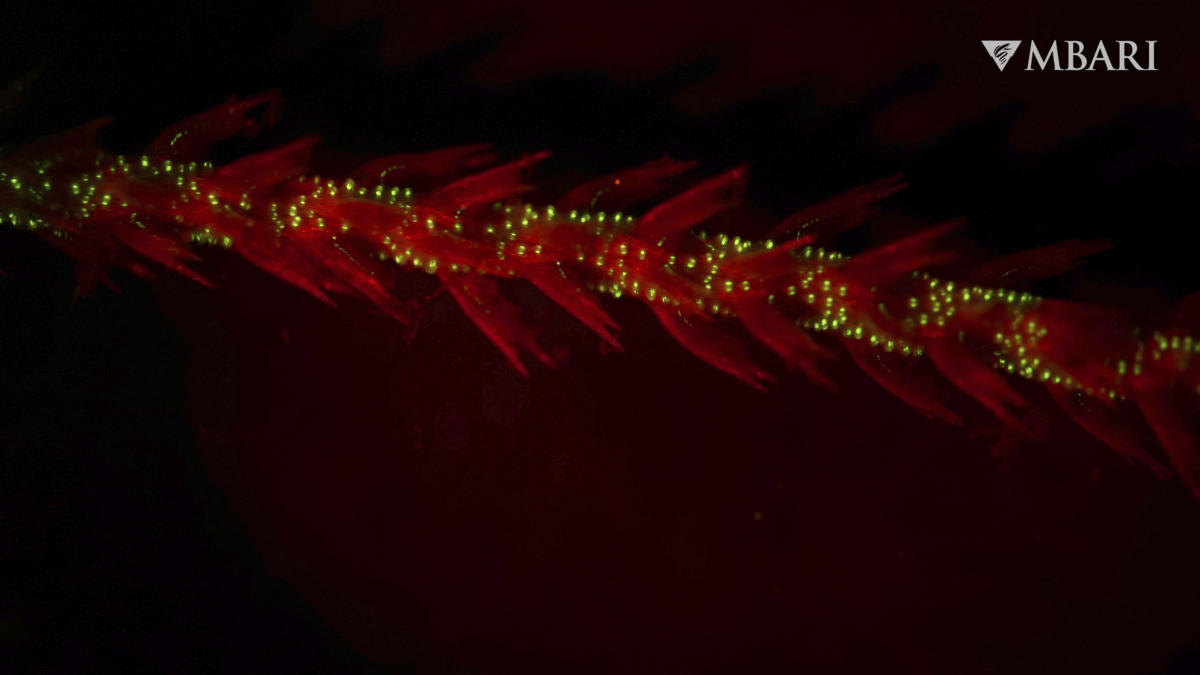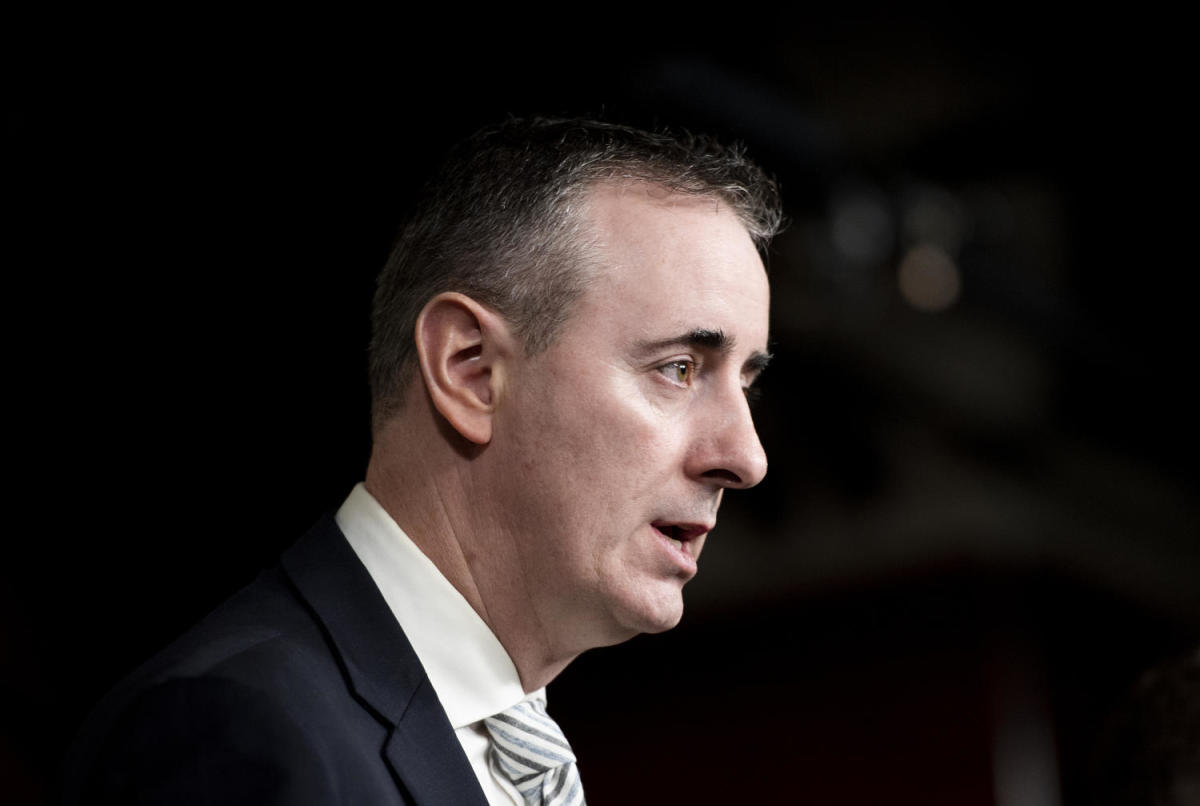Sports
Clippers All-Star Kawhi Leonard returning from 9-game absence for Game 2 vs. Mavericks
Jabra’s noise-canceling Elite 5 are on sale for 40 percent off right now
Technology
At this point, it’s safe to say that Jabra makes some of the most reliable earbuds you can buy, especially for the …
8 doctors share how they treat their own seasonal allergies. Here’s what you can learn from them.
LifeStyle
Spring allergy season has hit most of the U.S., sparking uncomfortable symptoms such as stuffiness, sneezing and itchy eyes along the way. …
Dow Jones Futures: Market Rallies, But Big Tests Loom; Tesla Soars On ‘Affordable’ EV, Elon Musk
Business
Dow Jones futures were little changed after hours, while S&P 500 futures and Nasdaq futures rose slightly. Tesla (TSLA) jumped despite bleak …
Chris Pratt and Katherine Schwarzenegger slammed as ‘McMansion seekers.’ Why people are mad at the couple for demolishing L.A. home.
Entertainment
People are mad at Chris Pratt and Katherine Schwarzenegger. Really mad. The power couple ruffled feathers in the architectural preservation community — …
Justice Department settles with Larry Nassar victims for $138.7 million
Sports
The Justice Department announced Tuesday it has agreed to pay nearly $139 million to victims of former Team USA gymnastics doctor Larry …
SpaceX launches 23 Starlink satellites from Florida (photos)
Science
SpaceX sent yet another batch of its Starlink internet satellites skyward today (April 23). A Falcon 9 rocket topped with 23 Starlink …
New Tool Maps Brain Signals with Unprecedented Clarity
Health
Summary: Researchers developed an innovative chemical tool to explore how signals like dopamine and epinephrine interact with neurons via G protein-coupled receptors …
Moderate Republicans prepare to fend off challenges from the right: From the Politics Desk
U.S.
Welcome to the online version of From the Politics Desk, an evening newsletter that brings you the NBC News Politics team’s latest …






/cdn.vox-cdn.com/uploads/chorus_asset/file/25414079/Jabra_Elite_5_Lifestyle_Press_Image.jpg)









